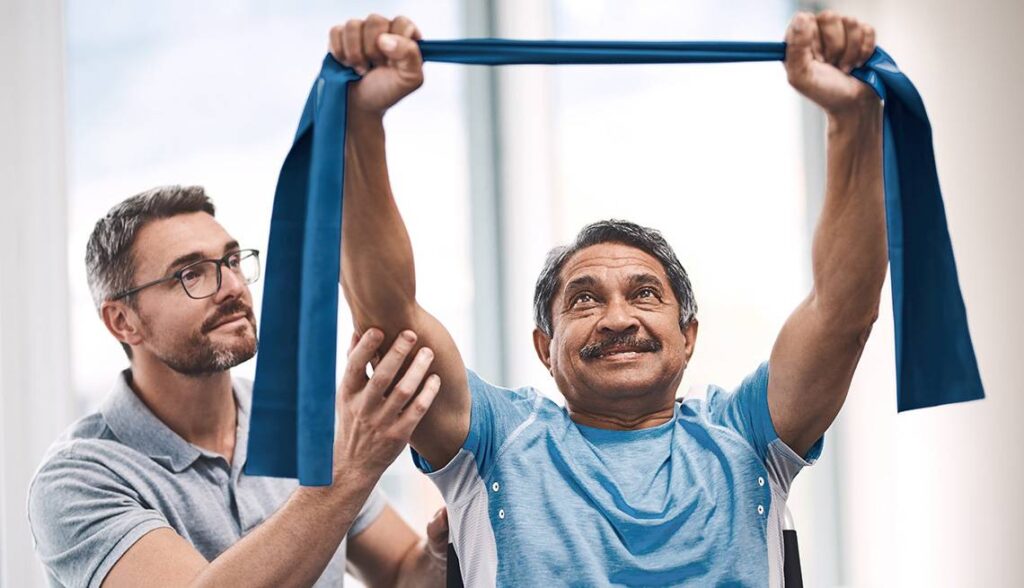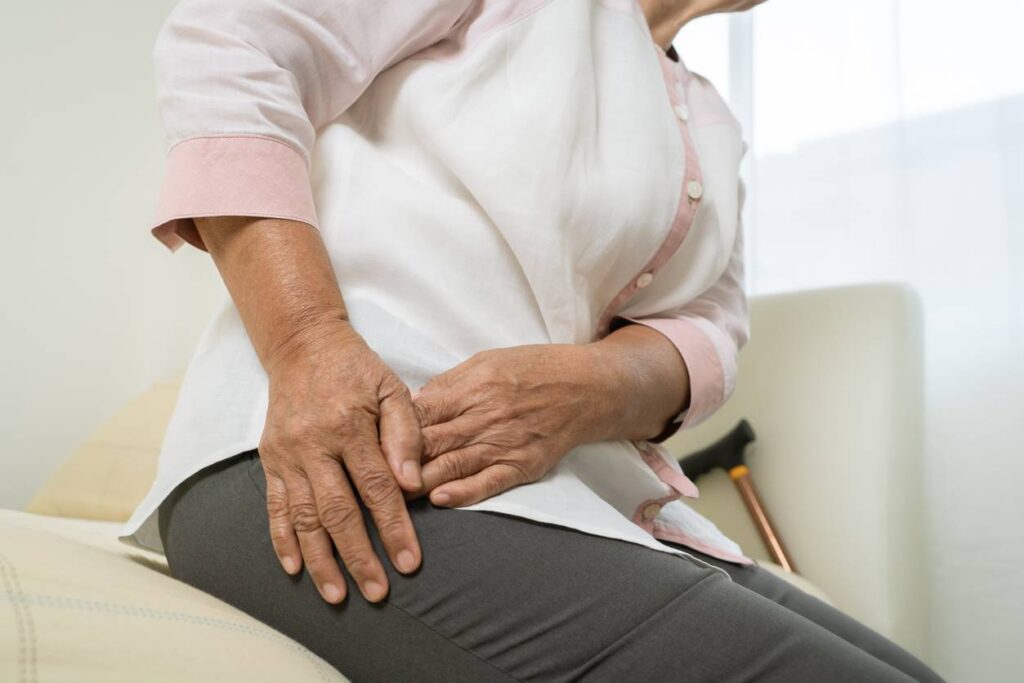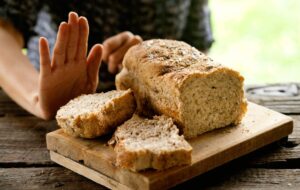Living with arthritis can sometimes feel like a constant battle — that ongoing joint pain, stiffness, and discomfort can take a toll on your daily life. Whether it’s struggling to get out of bed in the morning or missing out on activities you once enjoyed, arthritis can feel limiting.
But here’s the good news: You don’t have to live in pain forever. With the right approach, you can manage arthritis and still live a healthy, active life. The key is knowing the do’s and don’ts of living with arthritis—making small changes in your routine, staying active, and taking care of your body.
In this blog, we’ll share some simple yet effective tips to help you live your best life, despite the challenges arthritis brings. Ready to take control of your health? Let’s dive in!
Contents
Understanding Arthritis and Its Impact on Daily Life
Arthritis is a condition that causes inflammation in the joints, leading to pain, stiffness, and reduced mobility. There are different types of arthritis, but the two most common are inflammatory arthritis and osteoarthritis. Here’s a simple comparison to help you understand how both affect the body and daily life:
| Type of Arthritis | What It Is | Affected Areas | Impact on Daily Life |
|---|---|---|---|
| Inflammatory Arthritis | An autoimmune condition where the body’s immune system attacks healthy joints. | Primarily affects joints like hands, knees, hips, shoulders, and spine. May also affect organs like the eyes, skin, or lungs. | Causes pain, swelling, and stiffness. Movement becomes difficult, and daily tasks like climbing stairs or cooking can be harder. |
| Osteoarthritis (OA) | A degenerative joint disease where the cartilage between joints wears down over time. | Mostly affects weight-bearing joints like knees, hips, spine, and hands. | Leads to pain, limited mobility, and joint weakness. Tasks like walking, bending, or lifting objects may become painful or challenging. |
Both types of arthritis can impact your mobility and quality of life. While inflammatory arthritis can affect multiple parts of the body, osteoarthritis is typically more localized. Managing both types with the right treatment, lifestyle changes, and regular exercise can help reduce pain and improve your day-to-day activities.
Do’s and Don’ts for Managing Arthritis and Joint Pain
Here’s a simple comparison to guide you through the habits that can help you manage arthritis and the ones you should avoid:
| Do’s for Managing Arthritis | Don’ts to Avoid |
|---|---|
| Exercise Regularly: Engage in low-impact activities like walking, swimming, or cycling to strengthen joints. | Don’t Overexert Yourself: Avoid pushing through intense physical activity that strains your joints. |
| Eat an Anti-inflammatory Diet: Include foods like leafy greens, fatty fish (rich in omega-3s), and whole grains to reduce inflammation. | Don’t Skip Your Medications: Stick to your prescribed treatment plan and take medications as directed. |
| Stay Hydrated: Drink plenty of water to keep joints lubricated and prevent stiffness. | Don’t Ignore Pain: If you experience unusual or severe pain, don’t push through. Seek advice from your doctor. |
| Take Medications as Prescribed: Follow your doctor’s instructions to manage pain and inflammation. | Don’t Engage in High-Impact Exercises: Avoid activities like running or jumping that put pressure on your joints. |
| Practice Good Posture: Maintain good posture while sitting and standing to reduce strain on joints. | Don’t Stay Inactive: Prolonged inactivity can make arthritis symptoms worse. Keep moving gently. |
| Rest and Relax: Avoid overexertion. Ensure you get enough rest to manage fatigue and pain. |
How to Stay Active with Arthritis

Staying active with arthritis might sound challenging, but it’s one of the best things you can do for your joints. Regular movement helps reduce pain, improve flexibility, and increase strength, all of which can make managing arthritis much easier. The key is choosing low-impact exercises that are gentle on the joints while still providing great benefits.
Here are some ways to stay active without overloading your joints:
- Walking
Walking is simple, effective, and low-impact. Start with short walks and gradually increase your distance as your joints feel stronger. - Swimming and Water Aerobics
The buoyancy of water supports your body, reducing strain on the joints while allowing you to move freely. Swimming or doing water aerobics can help with flexibility and joint movement. - Cycling
Whether outdoor cycling or using a stationary bike, cycling provides a great cardiovascular workout without putting much stress on your knees and hips. - Yoga
Yoga helps improve flexibility, balance, and muscle strength. Gentle yoga poses can alleviate stiffness and help keep your joints moving smoothly. - Tai Chi
Tai Chi is a low-impact, slow-motion exercise that helps improve balance, reduce stress, and enhance flexibility. It’s easy on the joints and great for overall well-being. - Strength Training
Using light weights or resistance bands helps build muscle, which can support the joints and reduce pain. Focus on gentle exercises targeting different muscle groups.
Being active strengthens muscles around your joints, improves joint function, and reduces pain in the long run. It’s not about pushing yourself hard—just keeping your body moving in ways that don’t strain your joints. Starting slow and gradually increasing your activity can help you build a sustainable fitness routine that works with your arthritis, not against it.




